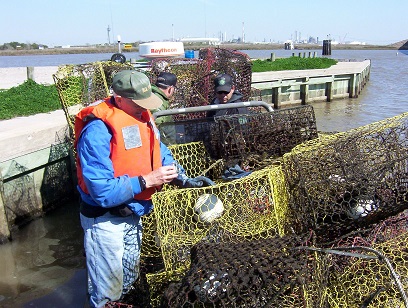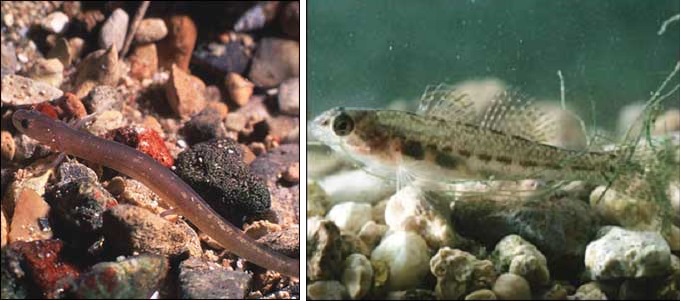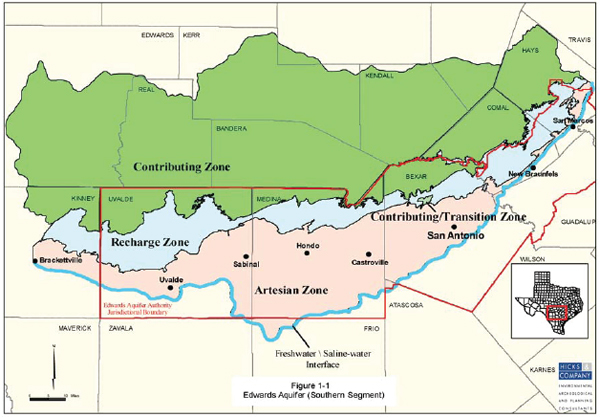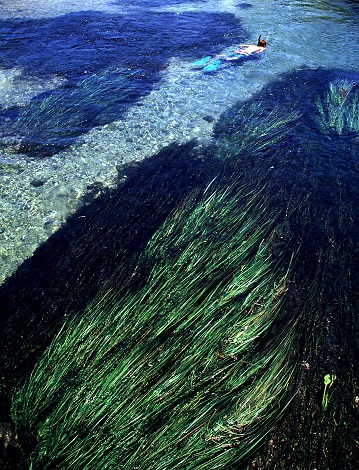2016 Crab Trap Clean-up
Thursday, February 11th, 2016This is Passport to Texas
Lost and abandoned crab traps become hazards to marine life in Texas bays.
We are particularly concerned because of the ghost fishing effects; they continue fishing unmaintained.
When something gets in the trap and dies, it acts as bait, attracting more marine life, which in turn suffers the same fate. Art Morris coordinated the annual cleanup of derelict traps during his time with Texas Parks and Wildlife.
And what we do once a year in February, is get volunteers together up and down the coast, and we try to remove all those traps that have been lost, or vandalized or whatever that are potentially ghost fishing.
Volunteers have removed more than 31-thousand traps in the cleanup’s 15 year history. The cleanup traditionally starts on the third Friday of February and continues for 10 days.
We don’t have any kind of salvage laws in Texas, and once you put out a trap—it’s your property and nobody is supposed to touch that. So, in order to get to these derelict traps, we have a legislative, mandated closure.
This mandate gives citizens permission to remove derelict traps from their favorite fishing holes during that 10-day period. Find details volunteering for this year’s cleanup on the Texas Parks and Wildlife website.
The Sport Fish Restoration Program supports our series.
For Texas Parks and Wildlife…I’m Cecilia Nasti.







 Passport to Texas is a
Passport to Texas is a  Passport to Texas is made available by:
Passport to Texas is made available by: